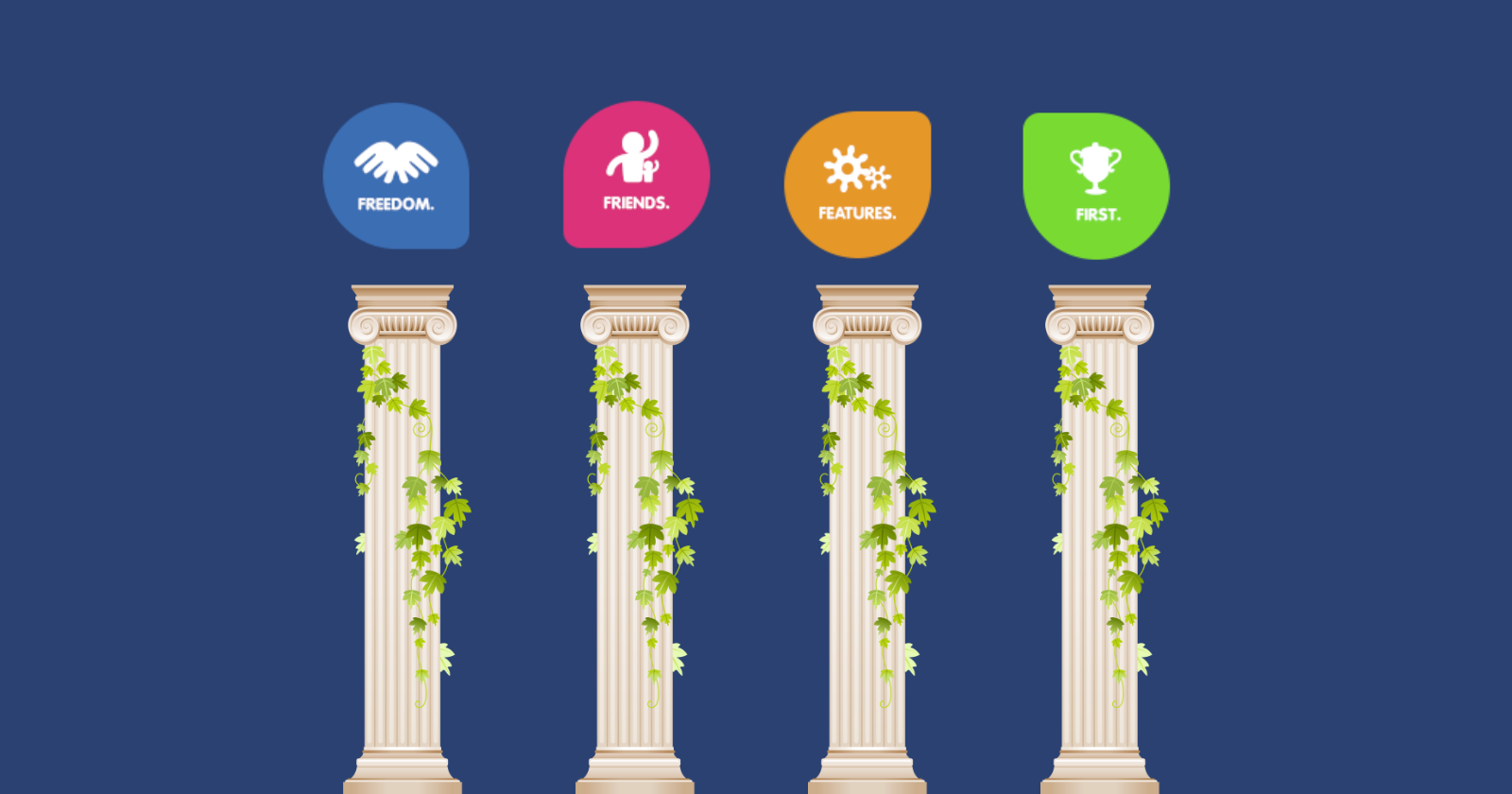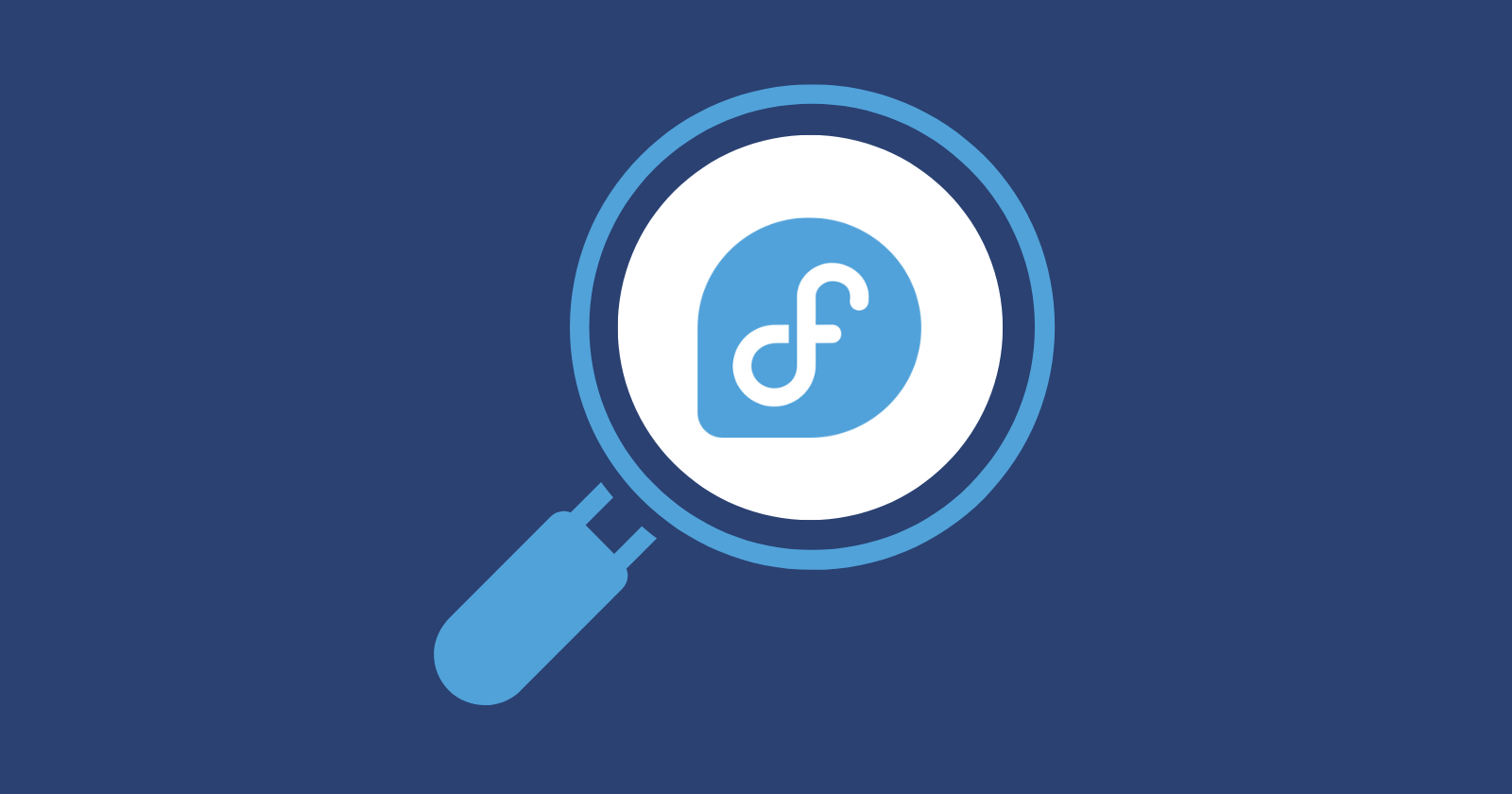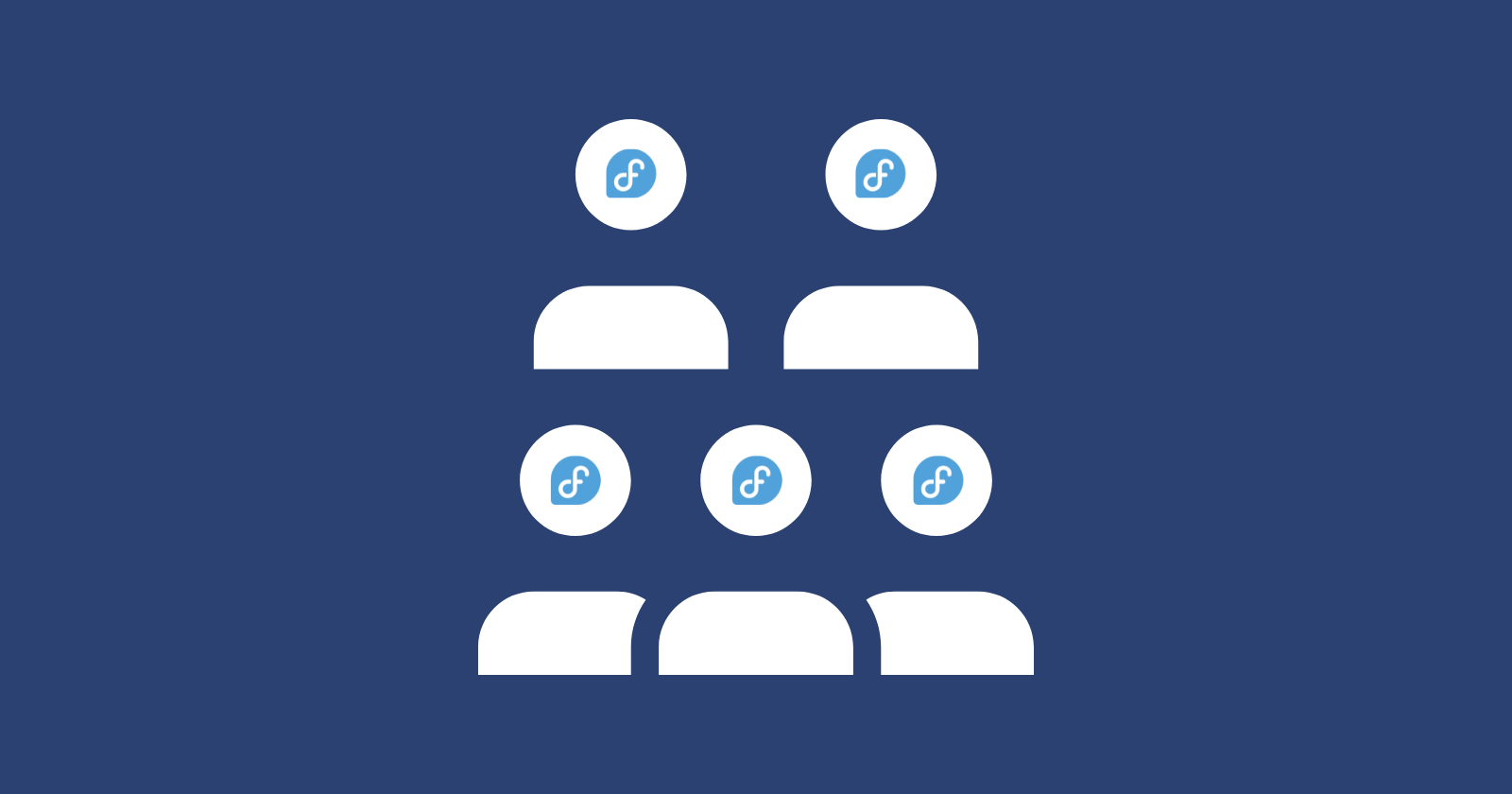The Future With Fedora
 Oluwakanyinsola Obadeyi
Oluwakanyinsola Obadeyi
Some of you might already be experienced with open source while some of you might be acquainted with just the name. Open source is a computer software that is developed as a public and relies on open collaboration while also making it freely available to the public.
There are so many open source projects to learn about and contribute to, but the one that really stands out to me is the Fedora Project. This independent open source project co-ordinates the development of the Linux-based operating system that is Fedora Linux. A lot of things take place in Fedora that contribute to the final output of top tier OS, products and educational content. At Fedora, we develop cutting edge software that pushes boundaries, innovates through feature testing and feedback which helps to shape the future of Fedora and Linux as a whole, and our community also creates various “spins” with different desktop environments that cater to the specific needs of users.
Fedora, being very big on collaboration and community, allows for development to take place in the open for anyone to see how the project works and how they can contribute. Within the Fedora community, you will find support through forums, mailing lists and online channels as well as problem solving resources for installation, troubleshooting and general usage. You can learn a lot through Fedora’s extensive and well-maintained documentation covering installation, usage, and troubleshooting. This helps users get started and learn new skills.
The Four Foundations

Like every large structured organization, there are pillars that Fedora stands by as a guiding light for people within the community that share some common values . These are called “The Four Foundations” and they give me the impression of clarity. To me, these four foundations are important in maintaining the mission and vision of the Fedora community and they are:
Freedom: The community is committed to promoting free software and content. They prioritize advancing freedom in software and content by advocating for free alternatives and avoiding proprietary or patent-encumbered code. This dedication sometimes means forgoing proprietary software in Fedora to uphold the principles of freedom.
Friends: The Fedora community values inclusivity and collaboration, welcoming individuals from diverse backgrounds to contribute to the advancement of free software. Despite some disagreements, the community prioritizes consensus-building to serve the common goal of advancing free software. They emphasize the symbiotic relationship between Red Hat and the volunteer community, recognizing the crucial contributions both entities make to the success of the Fedora Project.
Features: The Fedora community prioritizes the creation of excellent software, contributing to the enhancement of Linux for millions of users worldwide. They actively seek opportunities to improve and empower end-users, fostering collaboration with upstream software communities to ensure widespread benefits. Feature development is conducted openly and transparently, inviting participation from anyone interested in advancing free software solutions.
First: The Fedora Project is dedicated to fostering innovation by consistently delivering the latest in stable and robust free software. Its rapid release cycle allows it to showcase the future direction of the operating system, catering to users across various domains from home desktops to enterprise environments. While acknowledging the importance of long-term stability in the Linux ecosystem, Fedora prioritizes advancing free software by preserving its forward momentum and being at the forefront of technological and community-building progress.
Discoveries Within Fedora

Interesting discovery about Fedora is the level of collaboration and efficiency within the community and also the building of OS and desktops that cater to different people. From the mainline Fedora to the Fedora Atomic Desktops, there are multiple desktop environments to choose from. An example is the Fedora Sway Atomic that offers a minimalist user interface that allows novices and advanced users who prefer not to use a mouse, touch pad or other pointing device to interact with their environment.
Some of the things I was a bit confused about at the beginning was the community structure, the roles and responsibilities within the community, and knowing how decisions are made. It was quite confusing at first, but in time my confusion changed to admiration at how organized, dedicated, and caring the community is, just buzzing with knowledge and resources.
Future Fedora Contributors

If you're an Outreachy applicant looking to learn more about Fedora and contribute within the community, you can start by reading up more about what Fedora is all about in their documentation. You can also check out their YouTube page for more info.
Understand that you will eventually come to know and like what Fedora is all about, just take your time to read up on them because the answers and resources are available to you. It's important to understand Fedora, to be able to deliver high-quality contributions, which hold greater value than anything else in this community.
Subscribe to my newsletter
Read articles from Oluwakanyinsola Obadeyi directly inside your inbox. Subscribe to the newsletter, and don't miss out.
Written by

Oluwakanyinsola Obadeyi
Oluwakanyinsola Obadeyi
I write about my knowledge and experience in tech